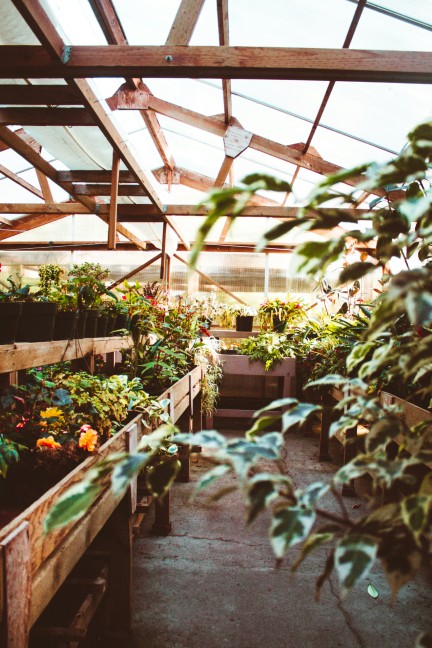Incorporating sustainable practices into Landscape Design is essential in today’s world where environmental conservation is becoming increasingly important. By adopting sustainable practices in your landscape design, you not only contribute to a healthier environment but also create a beautiful and functional outdoor space that is in harmony with nature. Here are some tips on how to incorporate sustainable practices into your landscape design.
1. Use Native Plants: One of the easiest ways to make your landscape design more sustainable is by using native plants. Native plants are adapted to the local climate, soil, and wildlife, making them low-maintenance and drought-resistant. They also provide habitat for local wildlife and help conserve water by reducing the need for irrigation.
2. Minimize Water Use: Water conservation is a key component of sustainable landscape design. To minimize water use, consider installing a drip irrigation system that delivers water directly to plant roots, reducing evaporation. Use mulch to retain moisture in the soil and reduce weed growth. You can also collect rainwater in a barrel and use it to water your plants.
3. Compost and Recycle: Instead of sending green waste to the landfill, compost it to create nutrient-rich soil for your garden. Composting helps reduce waste and greenhouse gas emissions, and promotes healthy soil. Similarly, recycle materials such as old bricks, stones, and wood to create hardscape features in your landscape design.
4. Use Permeable Surfaces: To reduce runoff and erosion, consider using permeable surfaces such as gravel, permeable pavers, and permeable concrete in your landscape design. These surfaces allow rainwater to infiltrate the soil, replenishing groundwater and reducing the risk of flooding.
5. Create Habitat for Wildlife: Incorporating habitat for wildlife into your landscape design is not only beneficial for local ecosystems but also adds visual interest to your outdoor space. Plant native trees and shrubs that attract birds, butterflies, and beneficial insects. Install bird feeders, bird baths, and bat houses to provide food and shelter for wildlife.
6. Choose Sustainable Materials: When selecting materials for your landscape design, choose sustainable options such as FSC-certified wood, recycled plastic, and locally sourced stone. These materials have a lower environmental impact and help reduce carbon emissions associated with transportation.
By following these tips, you can create a sustainable landscape design that benefits both the environment and your outdoor space. Incorporating sustainable practices into your landscape design not only helps conserve natural resources but also enhances the beauty and functionality of your outdoor living area. Start incorporating these practices into your landscape design today and make a positive impact on the environment.
For more information on Landscape Design contact us anytime:
Dream Design Scapes
https://www.dreamdesignscapes.com.au/
Dream Design Scapes is a boutique landscape design and horticultural business located in Port Stephens, Newcastle and Hunter Valley, NSW.
Led by Megan Cooper, a qualified landscape designer, we specialise in creating beautiful, natural, and functional outdoor spaces. Our portfolio ranges from residential gardens to commercial projects. We specialise in all landscape designs services and designing high quality gardens. We take a holistic approach to landscape design, creating outdoor spaces that are sustainable, low-maintenance, and environmentally friendly.

